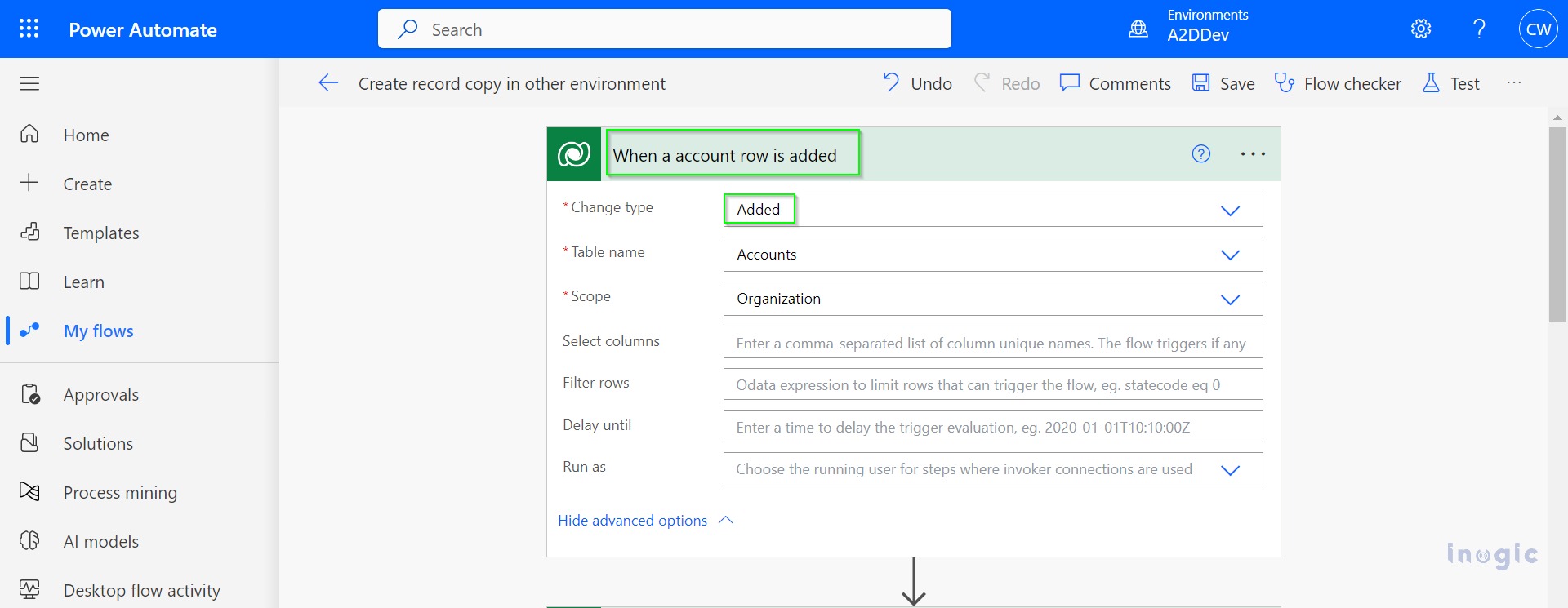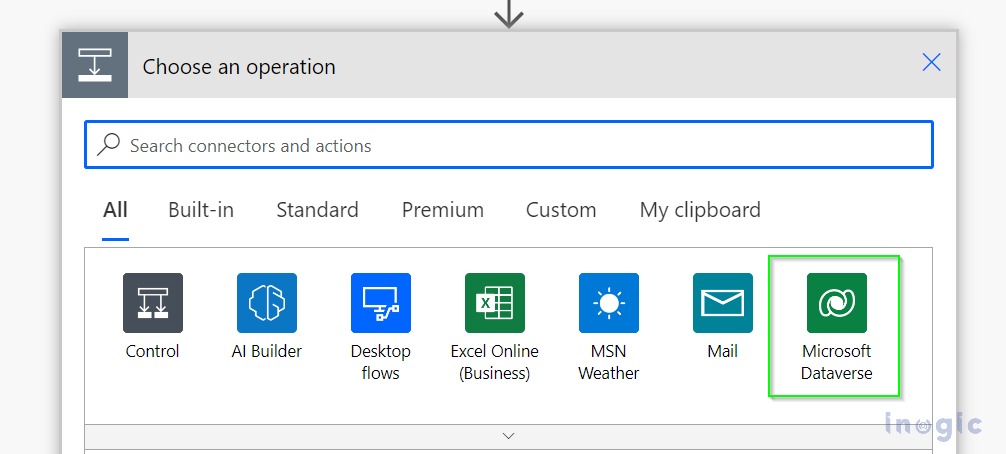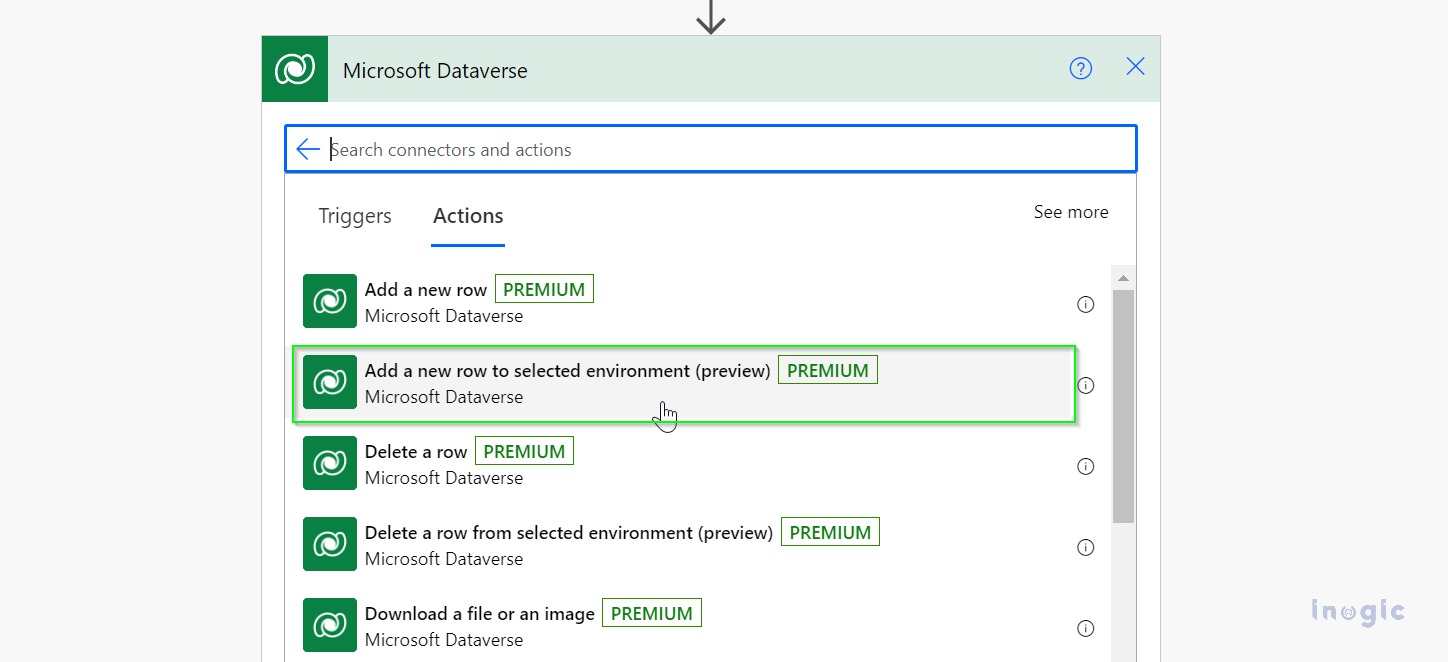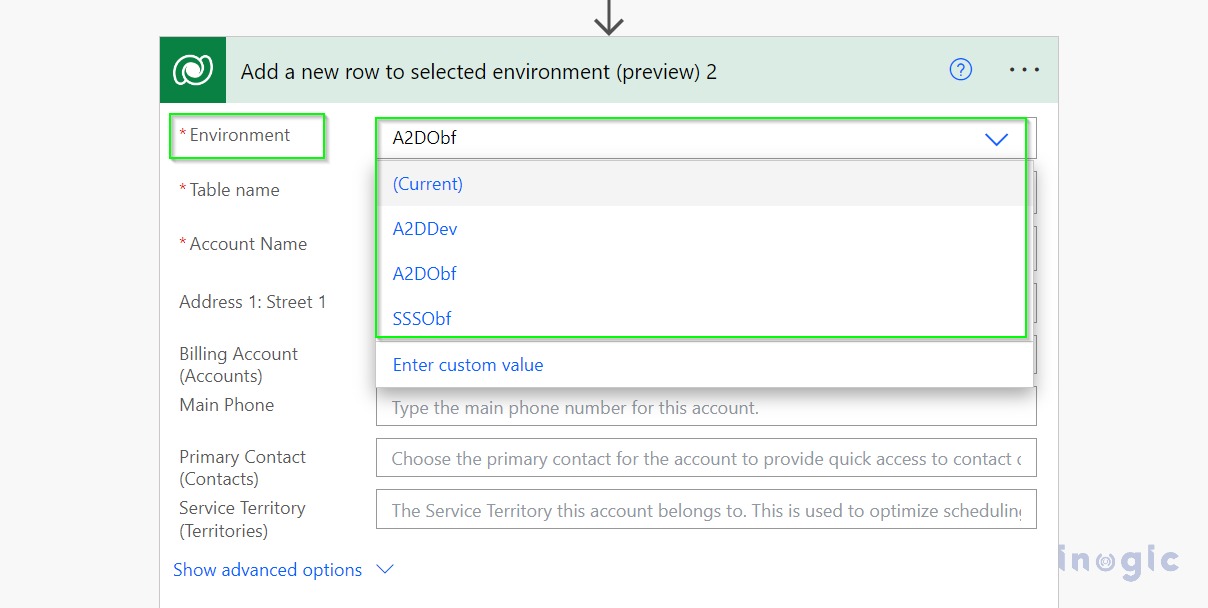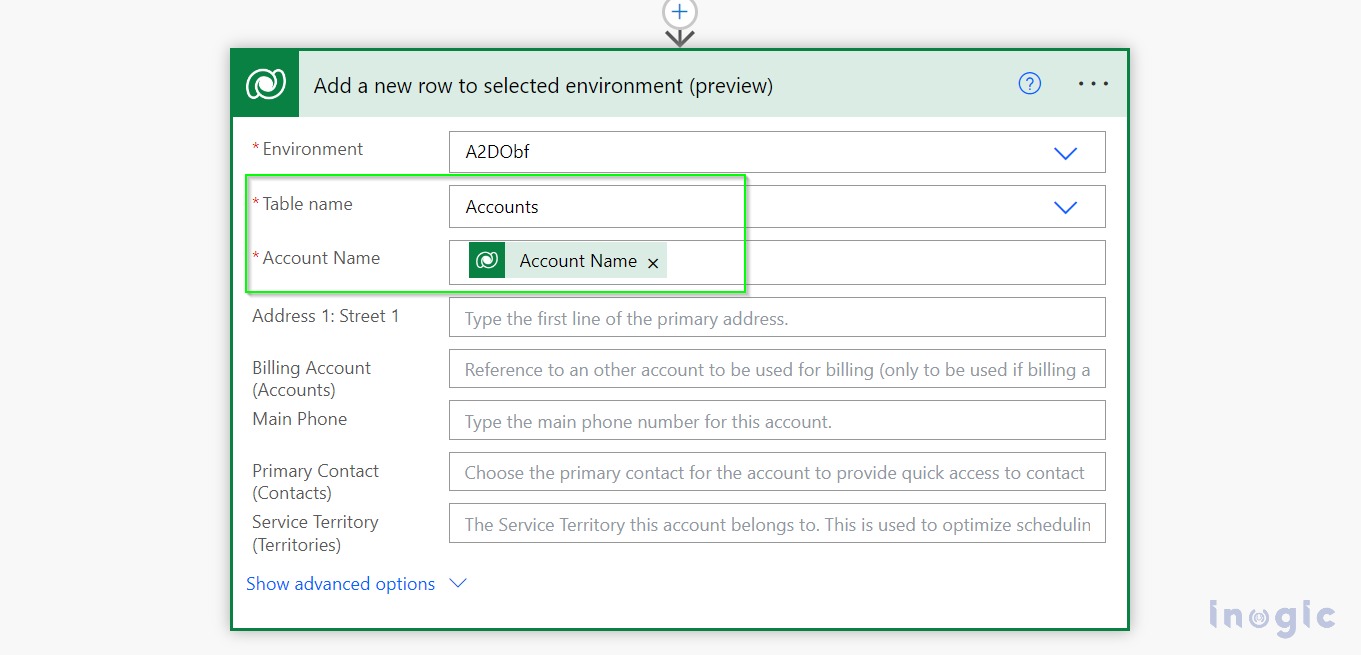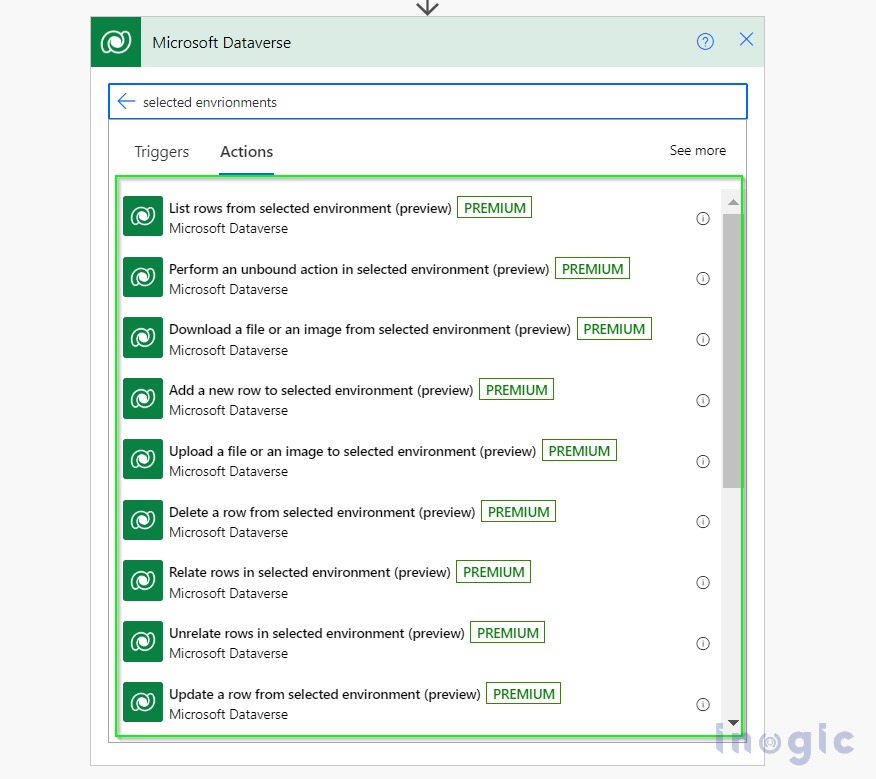We know that Power Automate allows us to execute a variety of tasks by connecting our present environment to the platform through the Microsoft Dataverse connector. This connector establishes a link between our current environment and Power Automate, enabling us to automate various tasks within our existing environment.
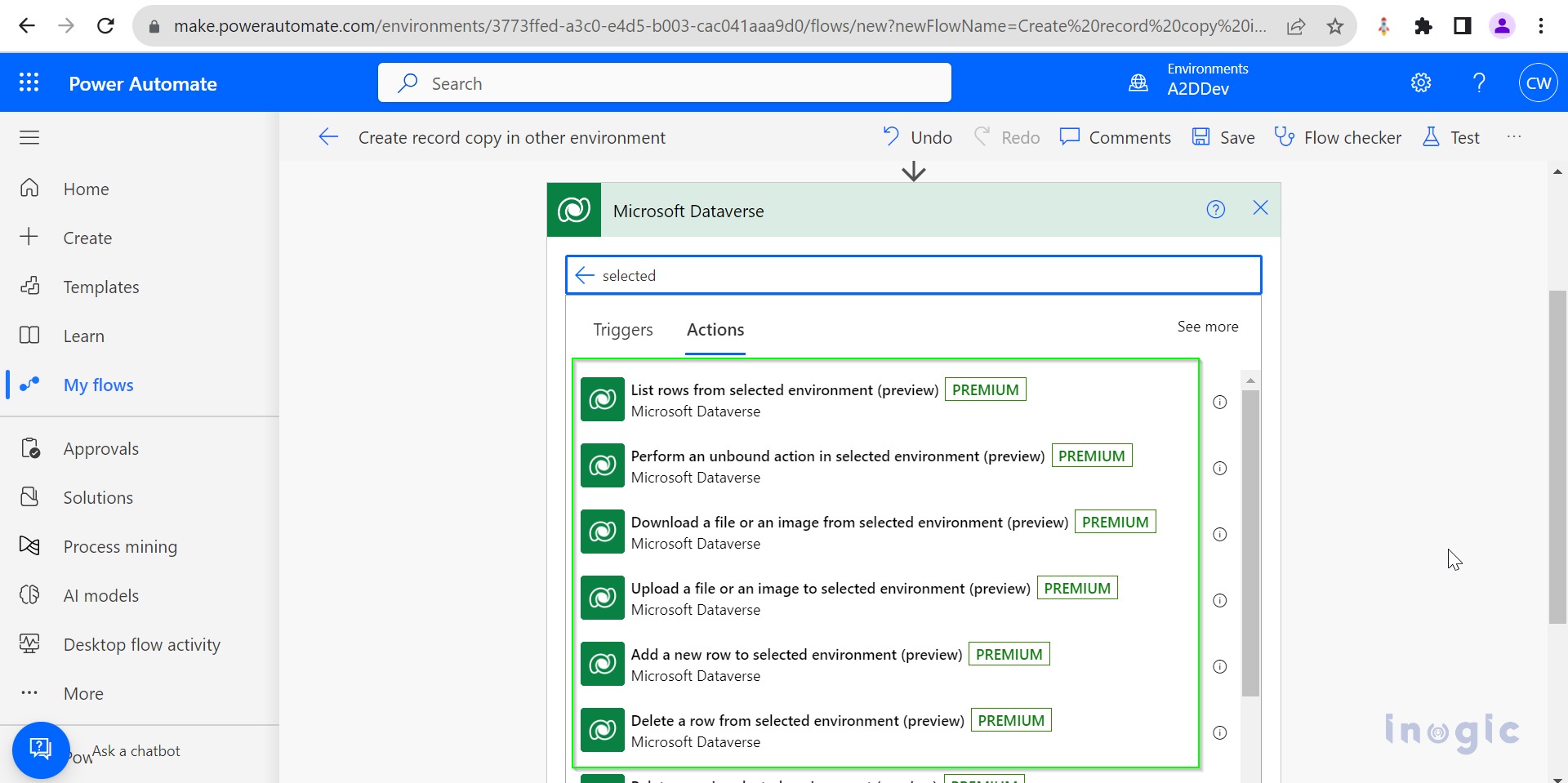
While we can efficiently carry out tasks within our current environment using Power Automate flows, there might be situations where we need to perform operations in an environment different from the current one.
In a recent update, Microsoft unveiled a new action within the Microsoft Dataverse Connector, simplifying the process of connecting to and executing operations in various environments.
Using these actions, we can access records, as well as add, update, and delete records in various interconnected environments. Additionally, we can execute both bound and unbound actions within the alternative environment.
Our clients have specific needs where they need to carry out operations in their Production environment that correspond to the actions performed in the UAT environment. Essentially, when any account record is added in the UAT environment, a corresponding copy of that account record should be created in the Production environment, following the actions taken in UAT as a reference.
Here’s an example illustrating how we can establish connections to different environments and execute operations based on the current environment. In this scenario, whenever an account record is created in the present environment, we will simultaneously create an identical copy of the record in the other environment.
To accomplish this, we will set up a Power Automate flow as depicted below:
1) Here we have added a step to trigger this PowerAutomate flow when any account record is added to the current environment.
2) Now we will connect the other environment to perform the operations. To connect to other environments, select the Microsoft Dataverse connector.
3) Upon selecting the connector, you’ll encounter a variety of actions available for carrying out different tasks in alternate environments. Since we want to create a record in the connected environment, we’ve opted for the “Add a new row to the selected environment” action.
4) Once you’ve chosen the action, you will have the option to access the Environment dropdown, enabling you to pick the specific environment you wish to establish a connection with.
5) As we want to create a duplicate account record we will select the Account table and set the Account Name value which was created in our current environment to create a record with the same name.
This Power Automate flow will initiate its execution when a new account record is added to the current environment. It will then proceed to duplicate this record in another connected environment.
Not only do we can add rows, but the Microsoft Dataverse connector allows us to perform various operations by establishing connections with different environments.
Performing bound and unbound actions, Updating and deleting rows, and uploading, and downloading files in different environments can be possible with this recent update of the Microsoft Dataverse connector.
Conclusion
In summary, this blog detailed the process of connecting diverse environments within a Power Automate flow to our current workspace and demonstrated how we can execute a range of actions in different environments through the Microsoft Dataverse connector.
